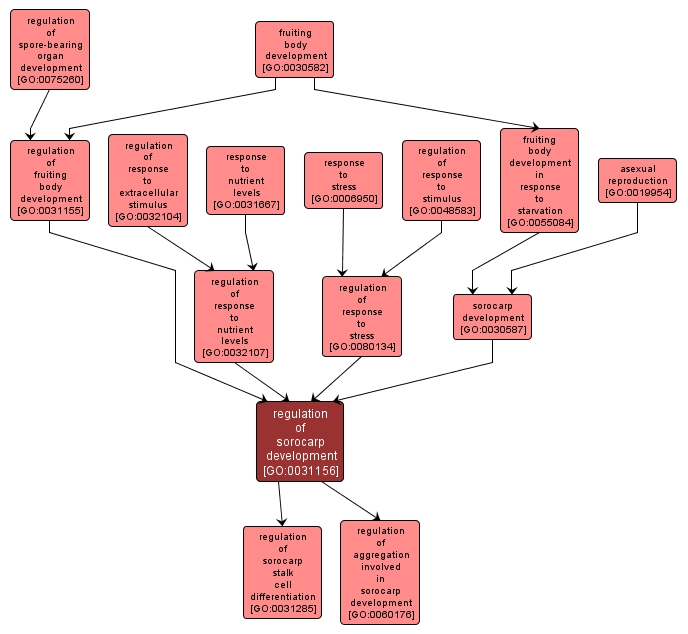GO TERM SUMMARY
|
| Name: |
regulation of sorocarp development |
| Acc: |
GO:0031156 |
| Aspect: |
Biological Process |
| Desc: |
Any process that modulates the frequency, rate or extent of sorocarp development. An example of this process is found in Dictyostelium discoideum. |
Synonyms:
- regulation of fruiting body development
- regulation of fruiting body formation
|
|

|
INTERACTIVE GO GRAPH
|














